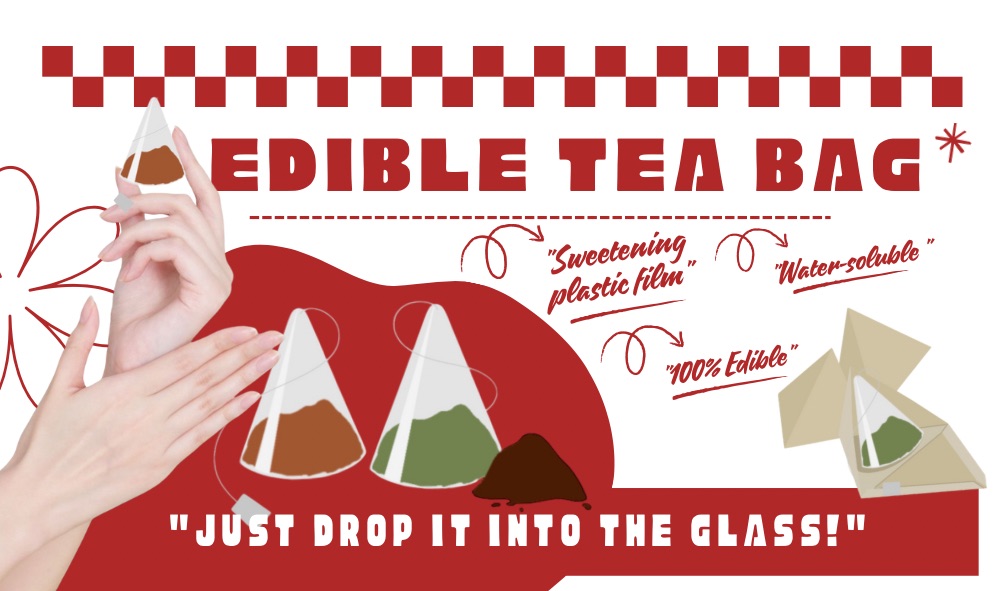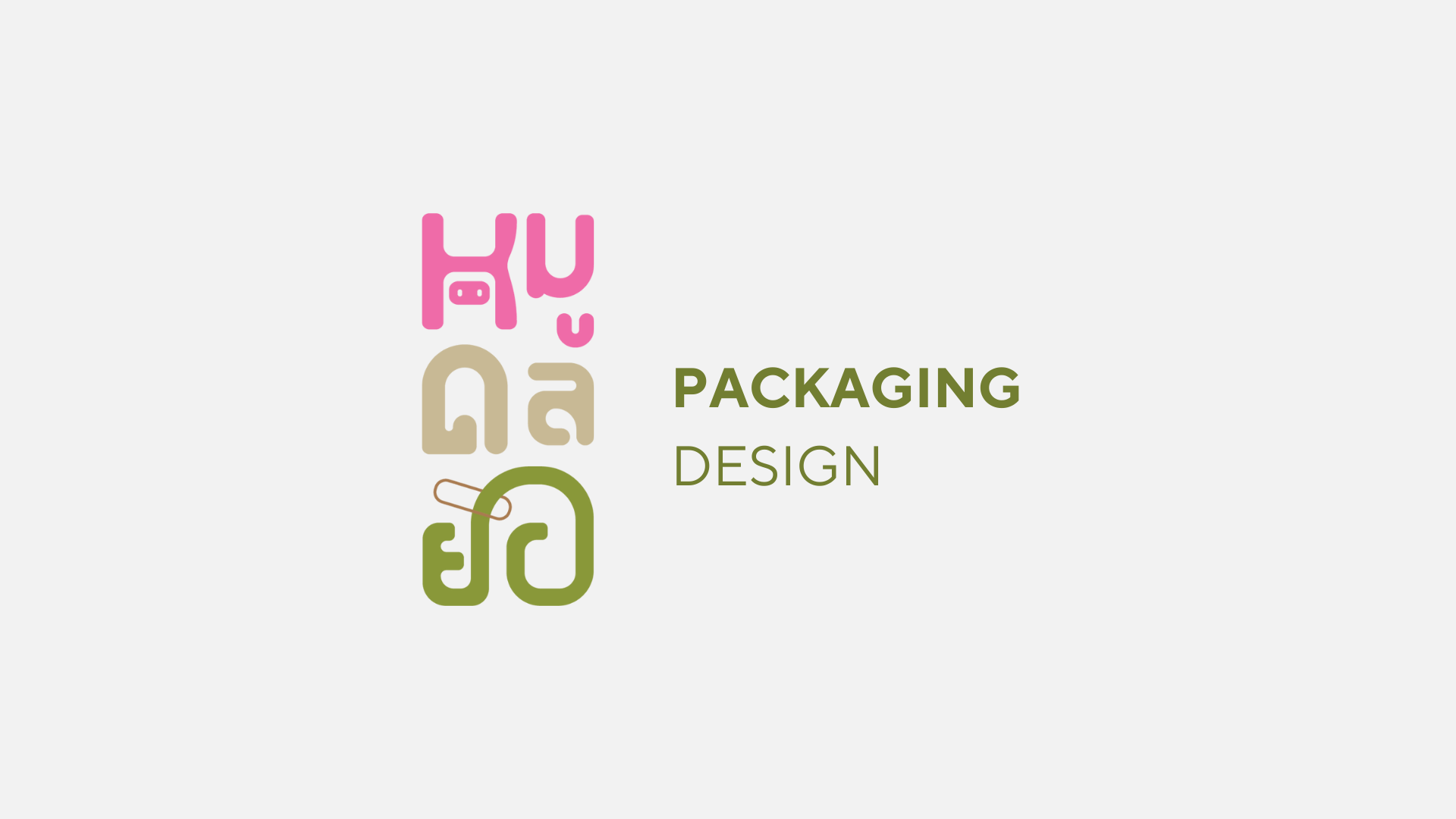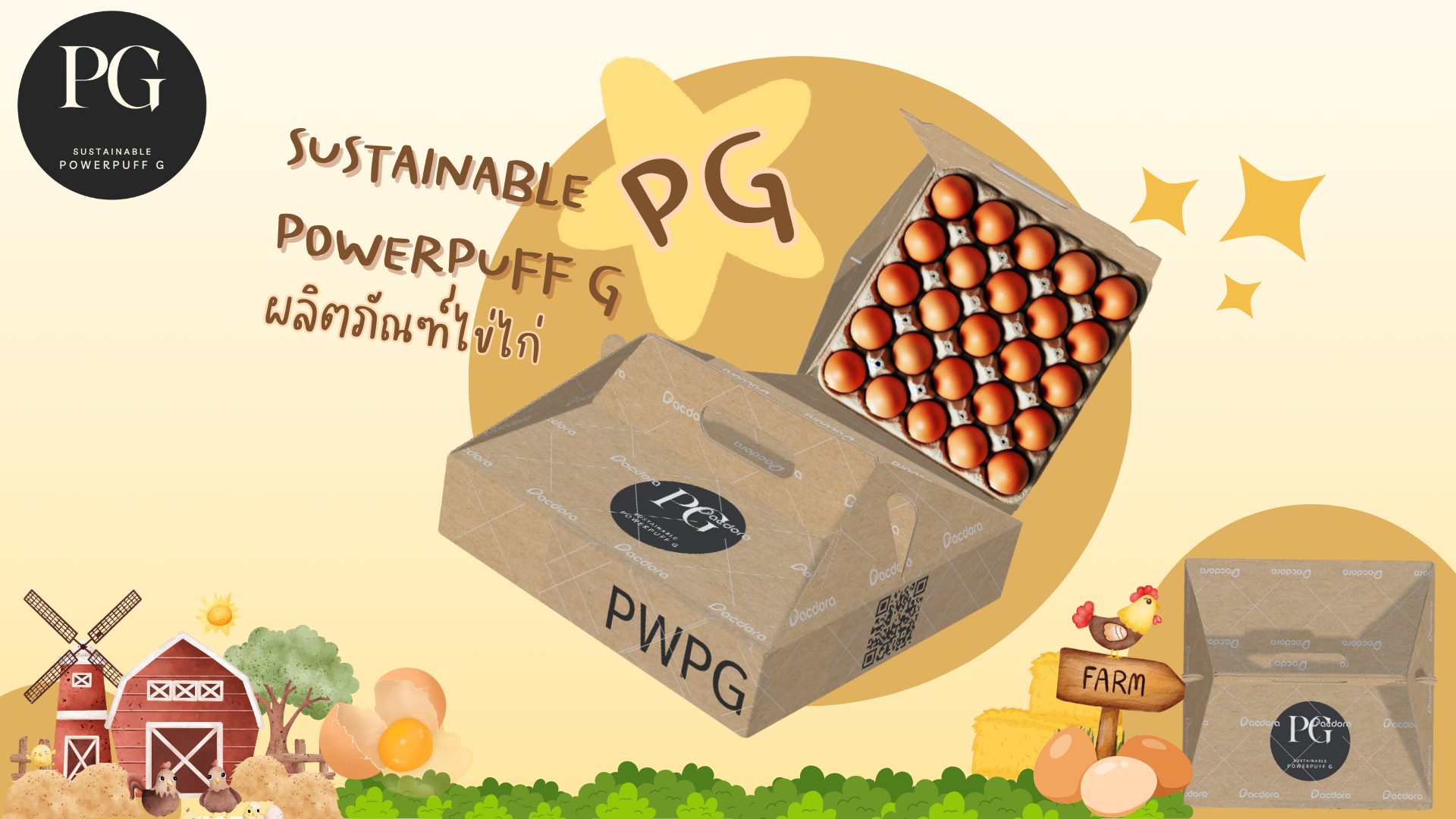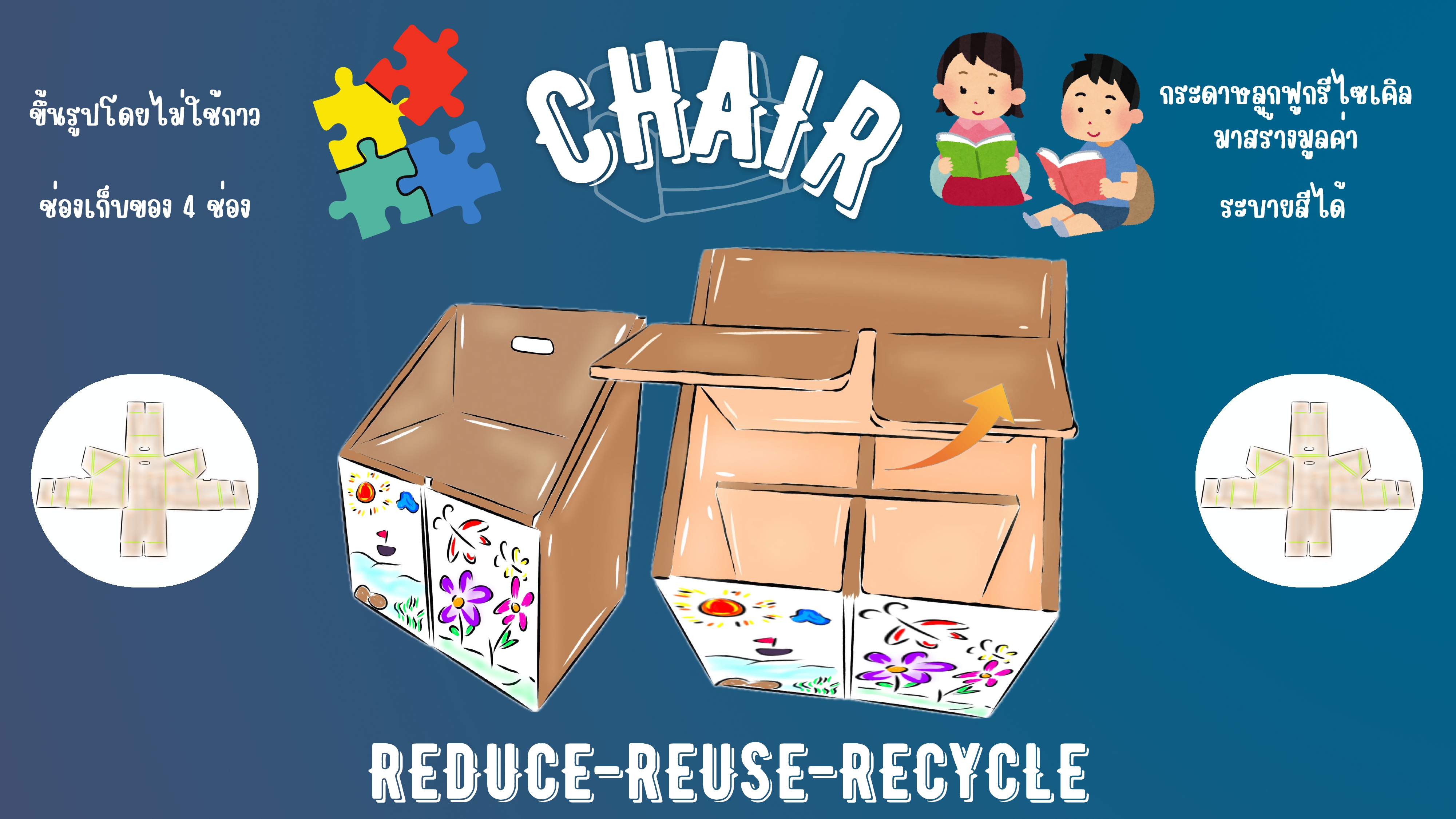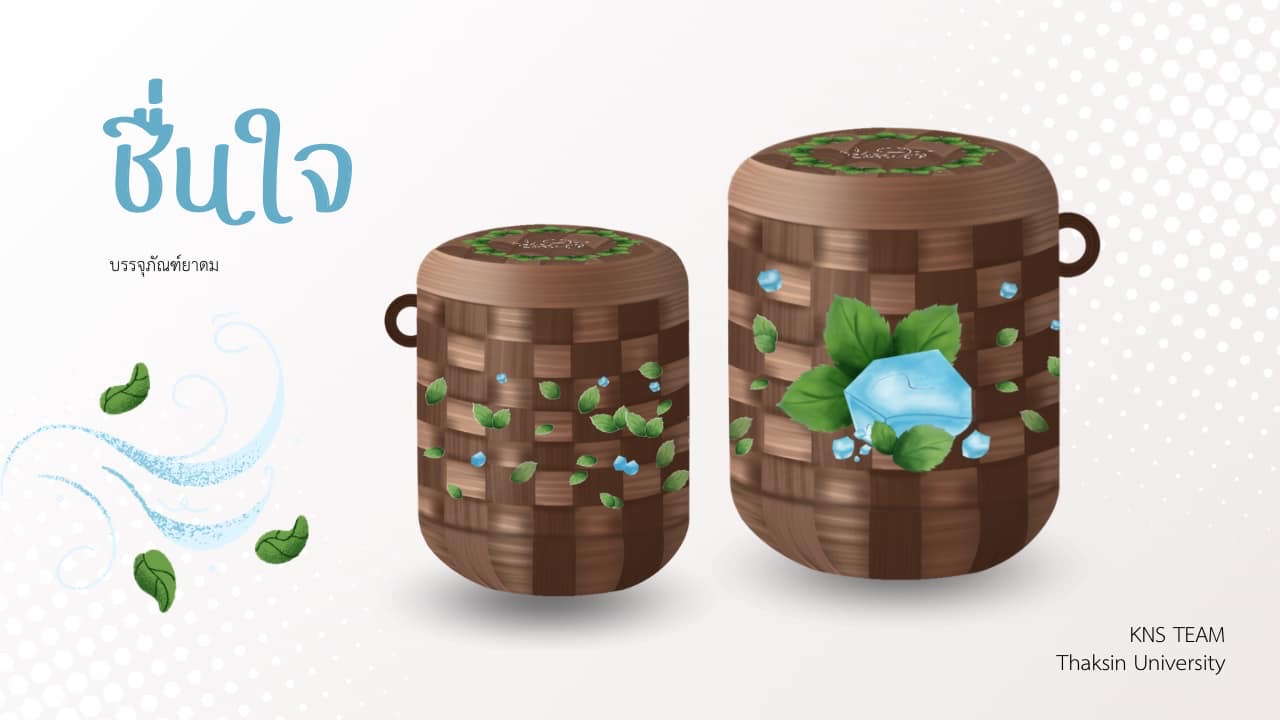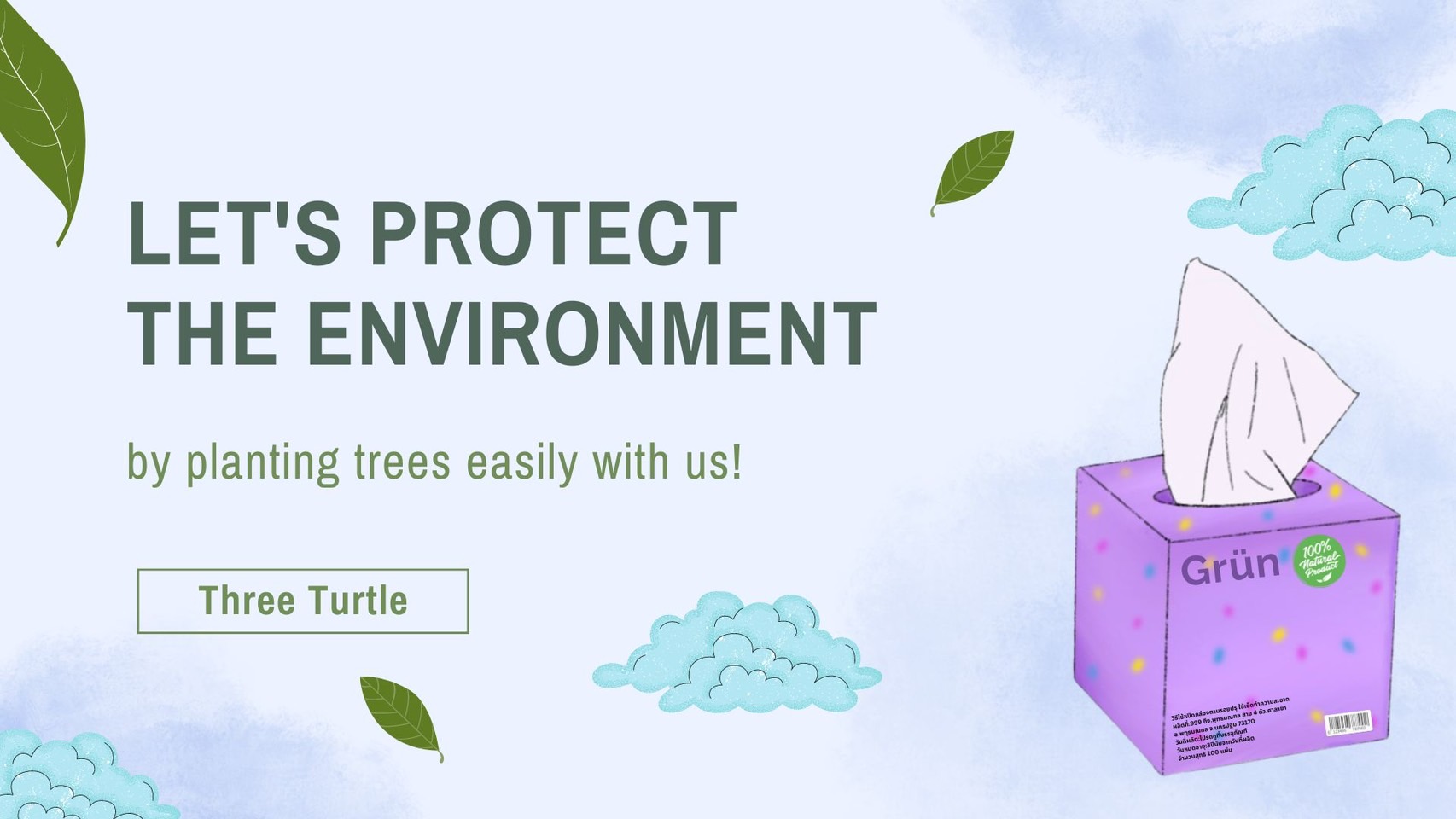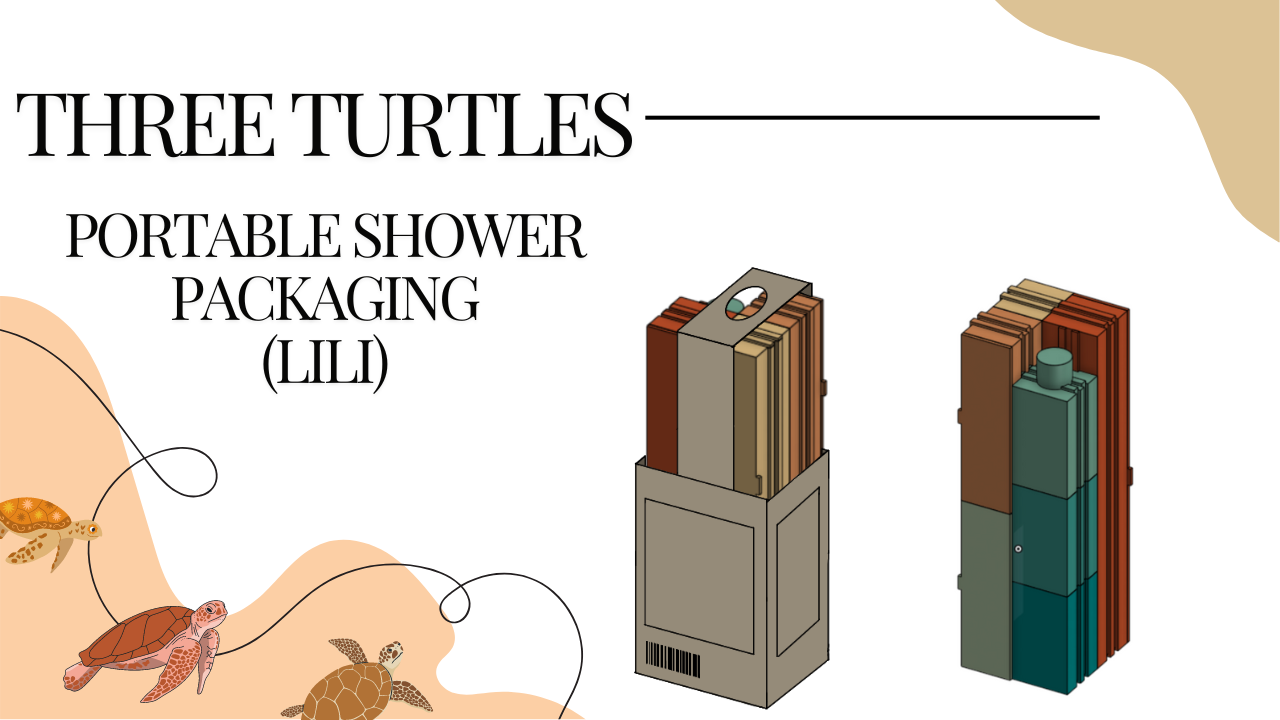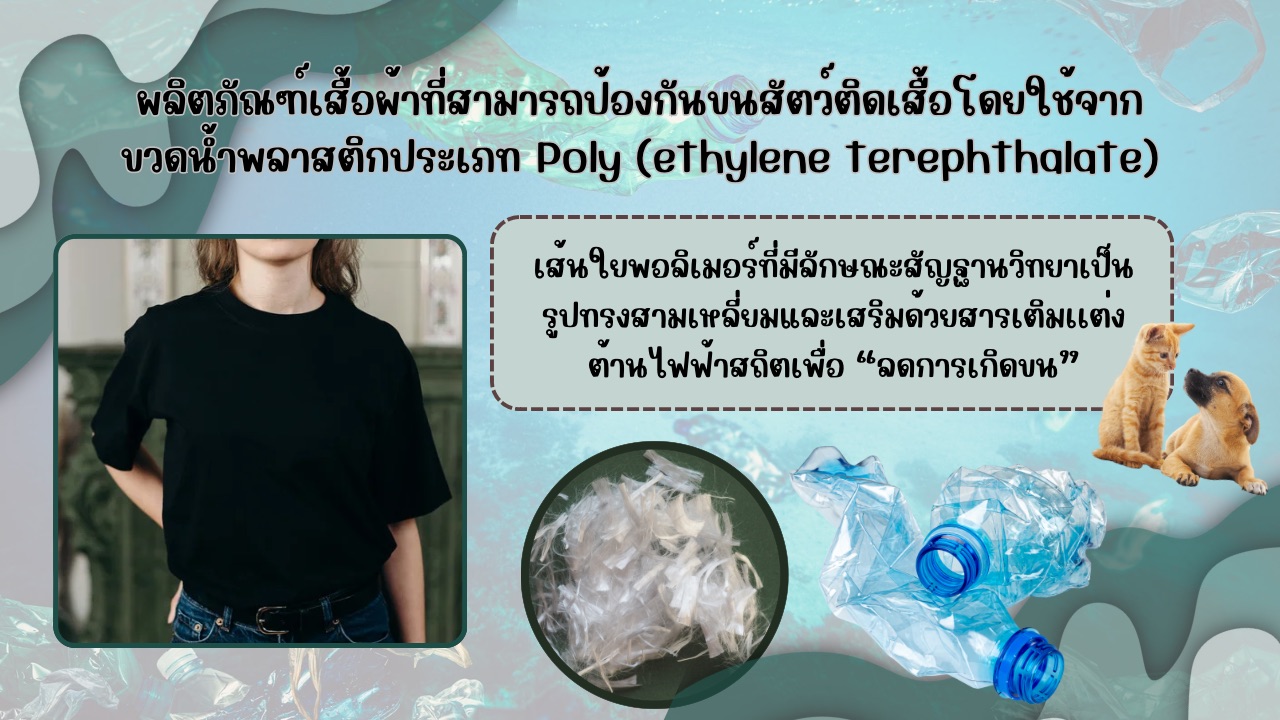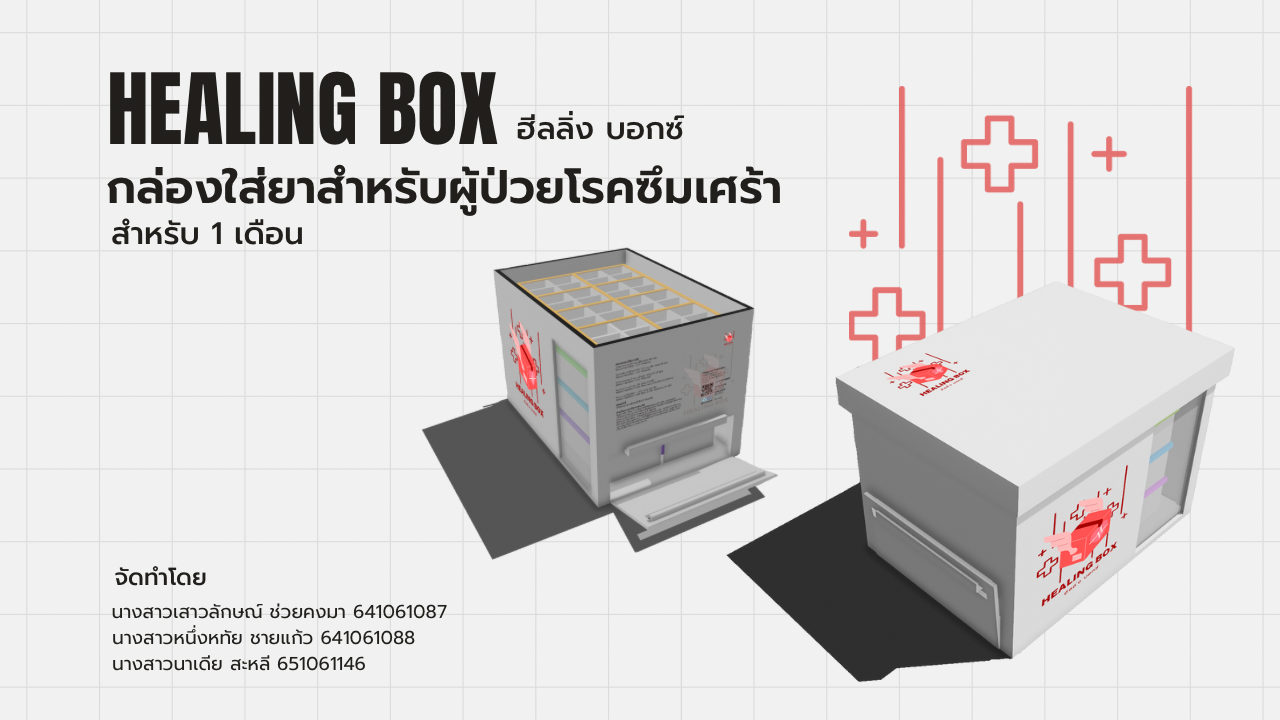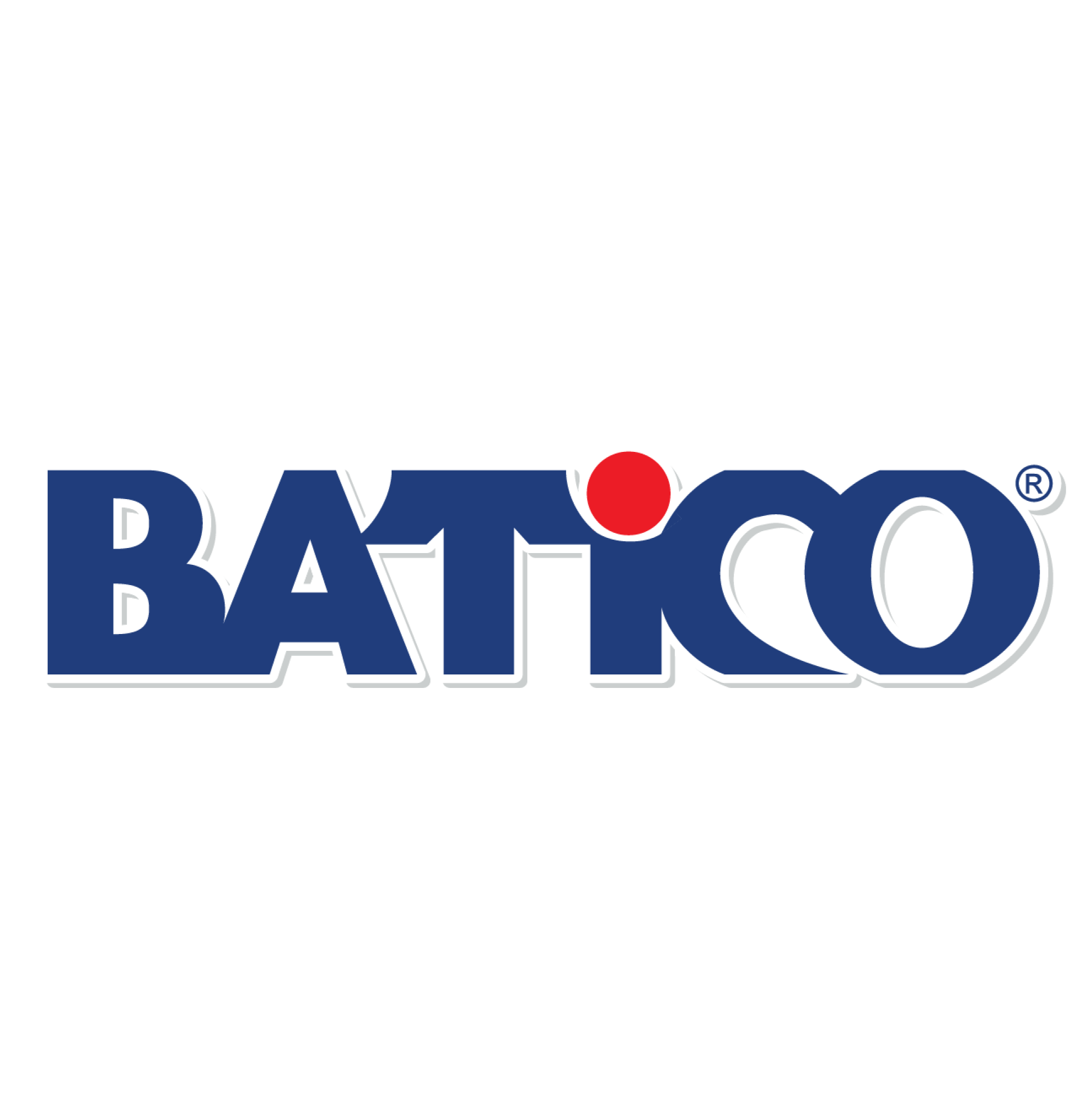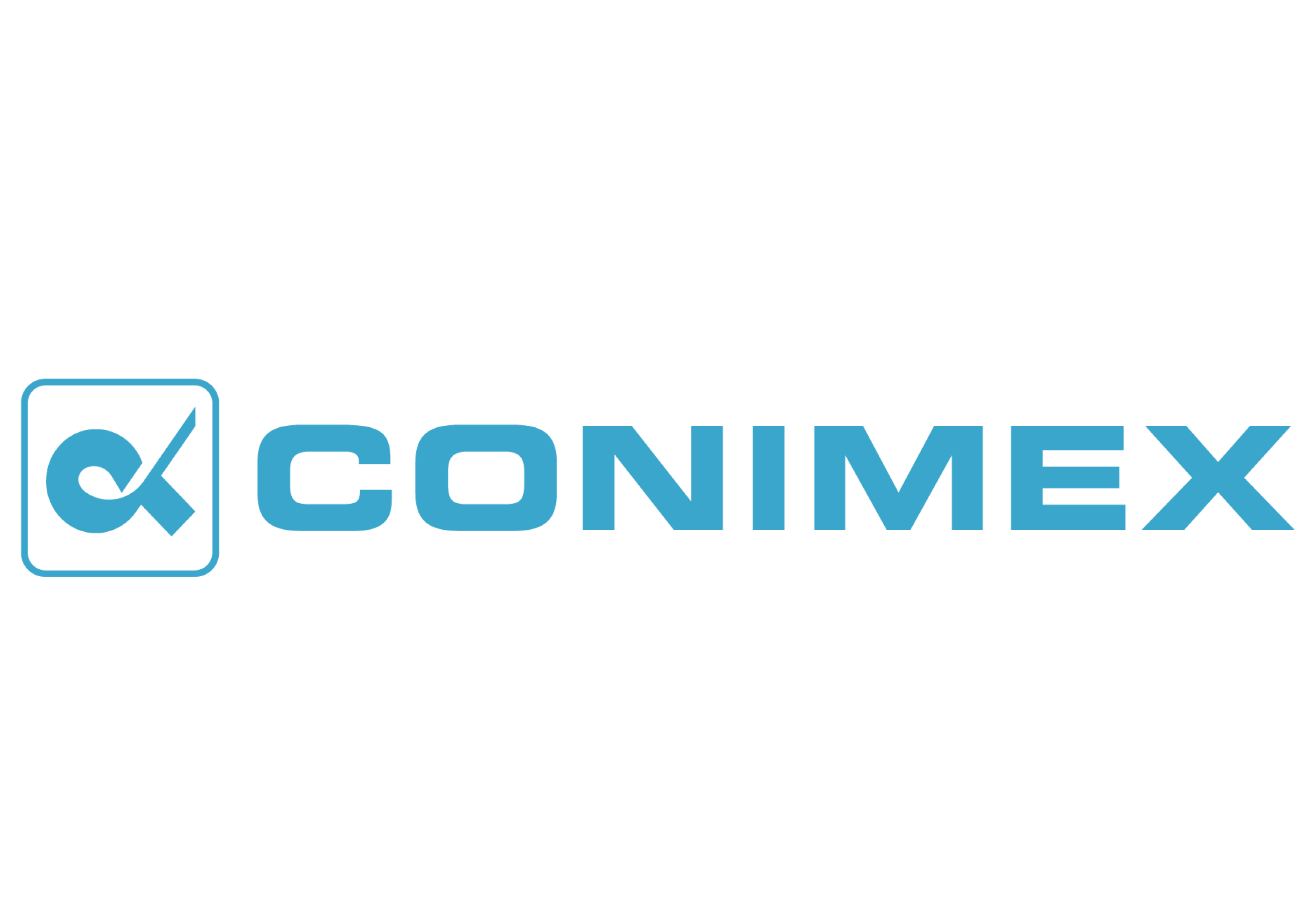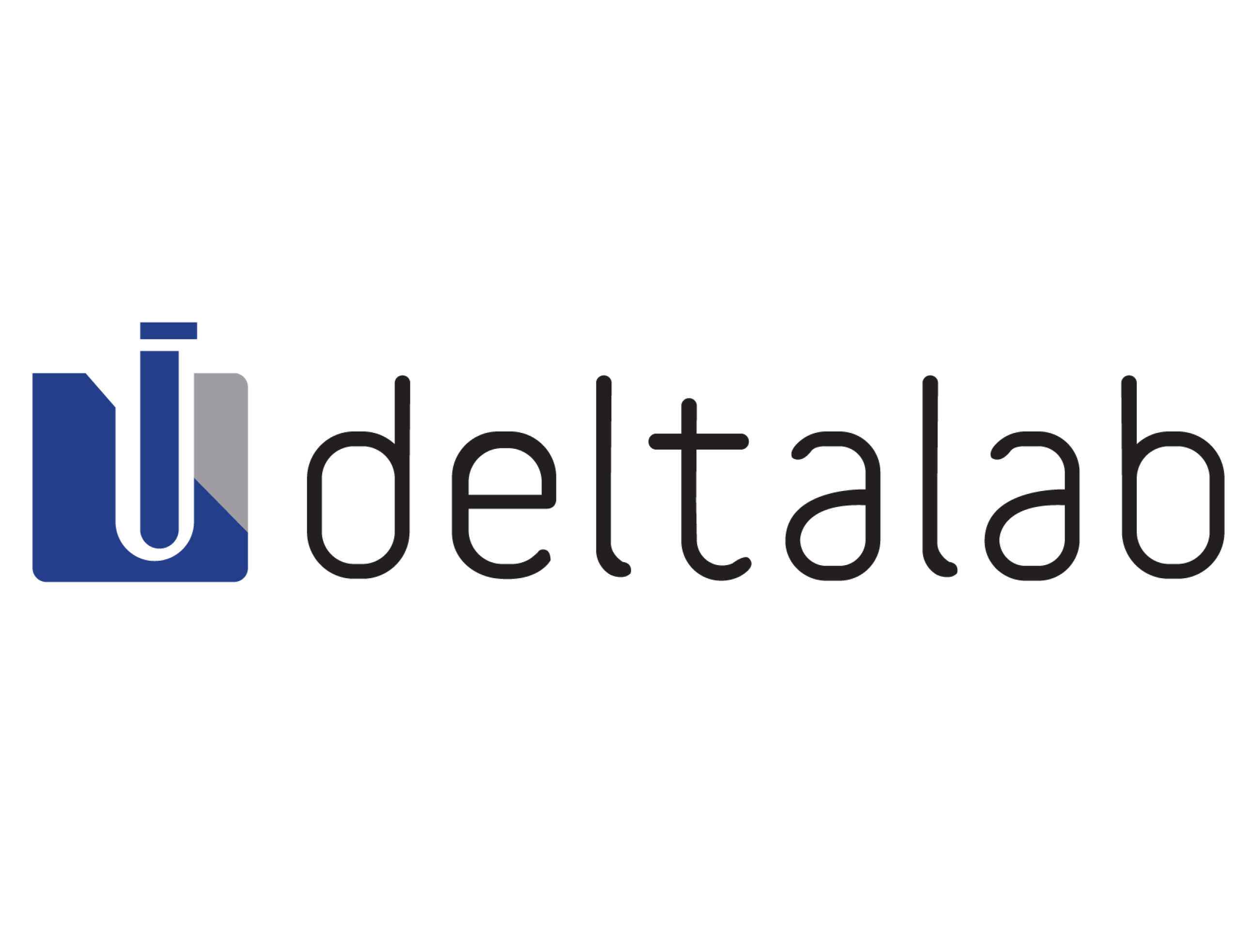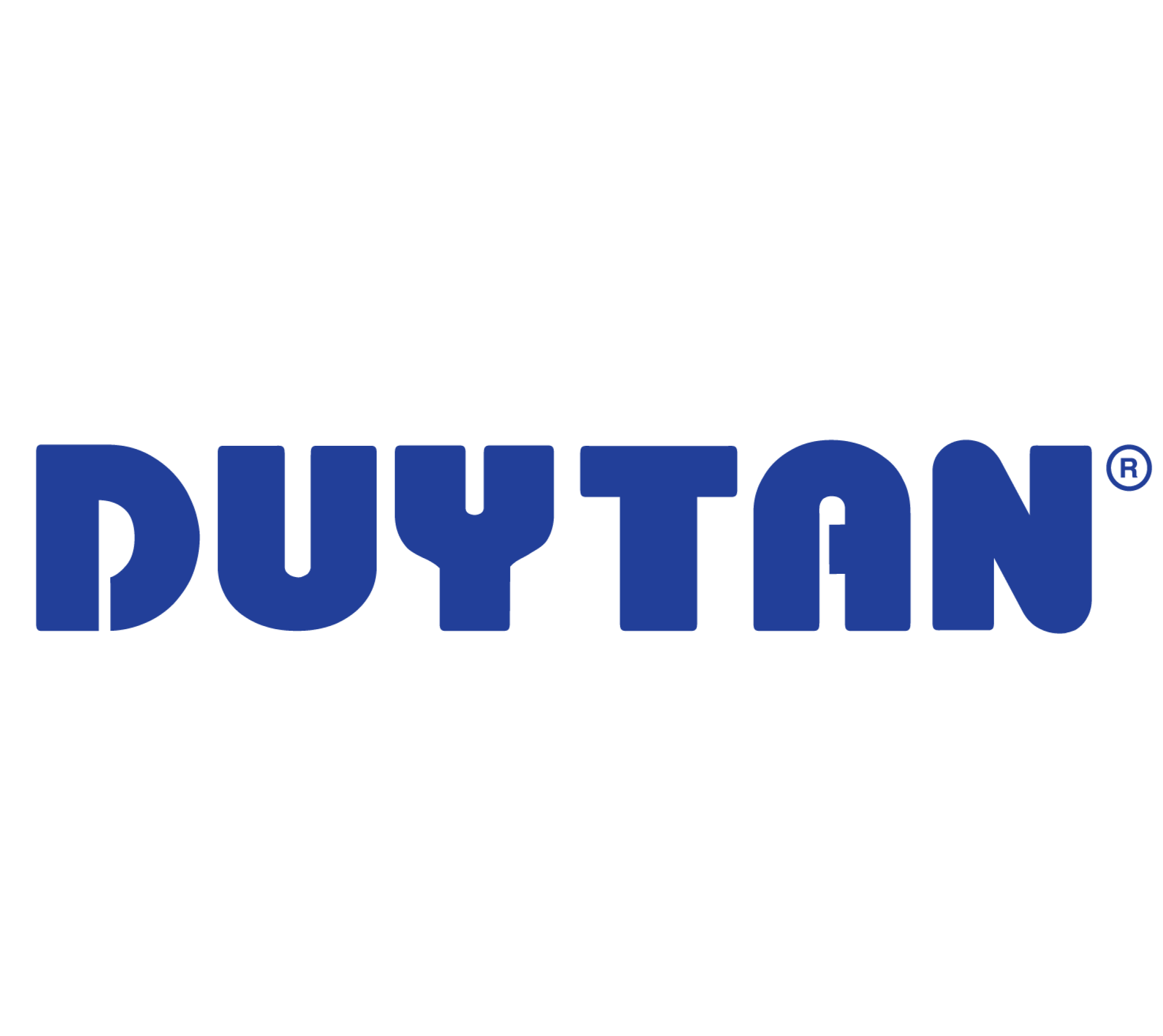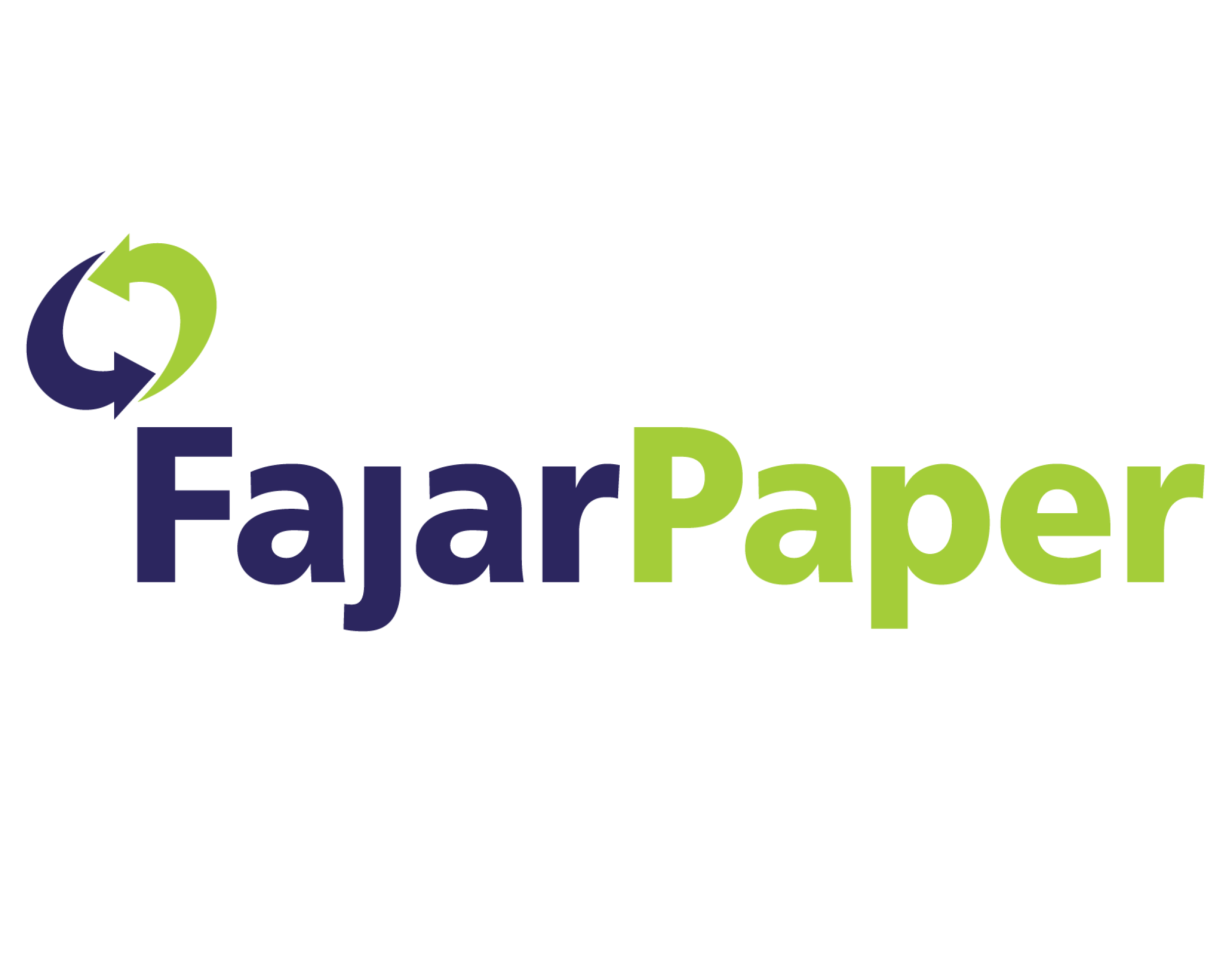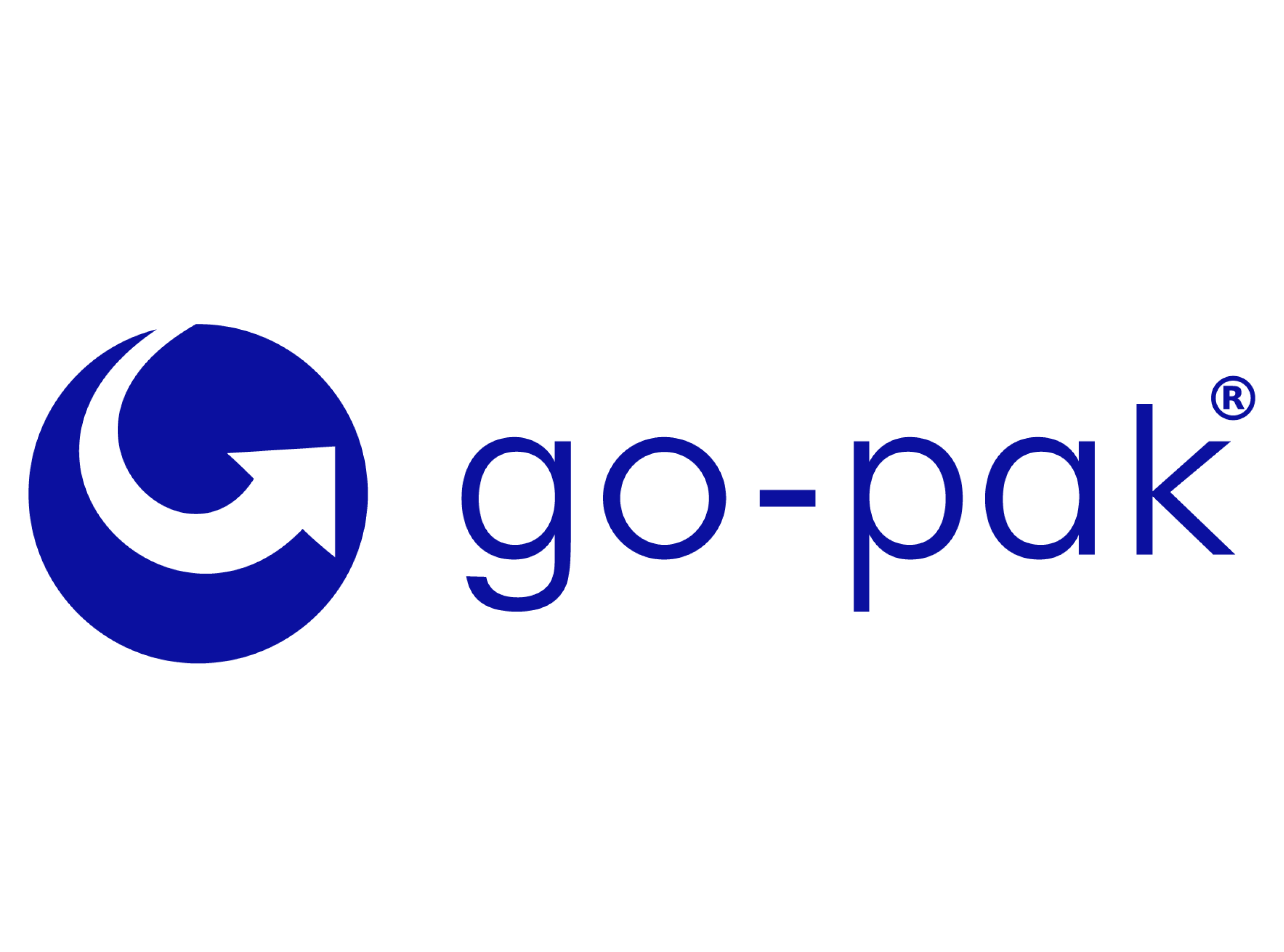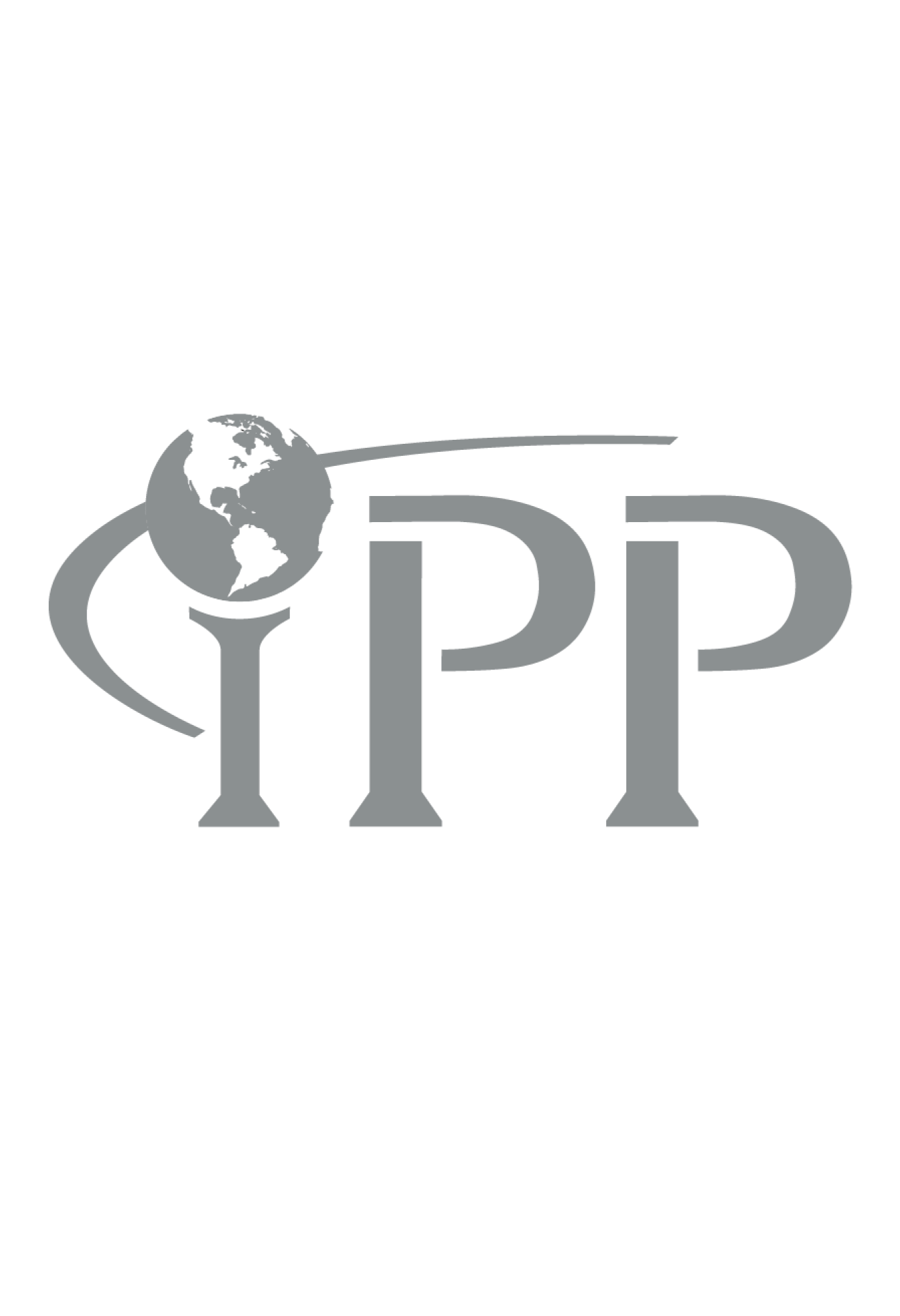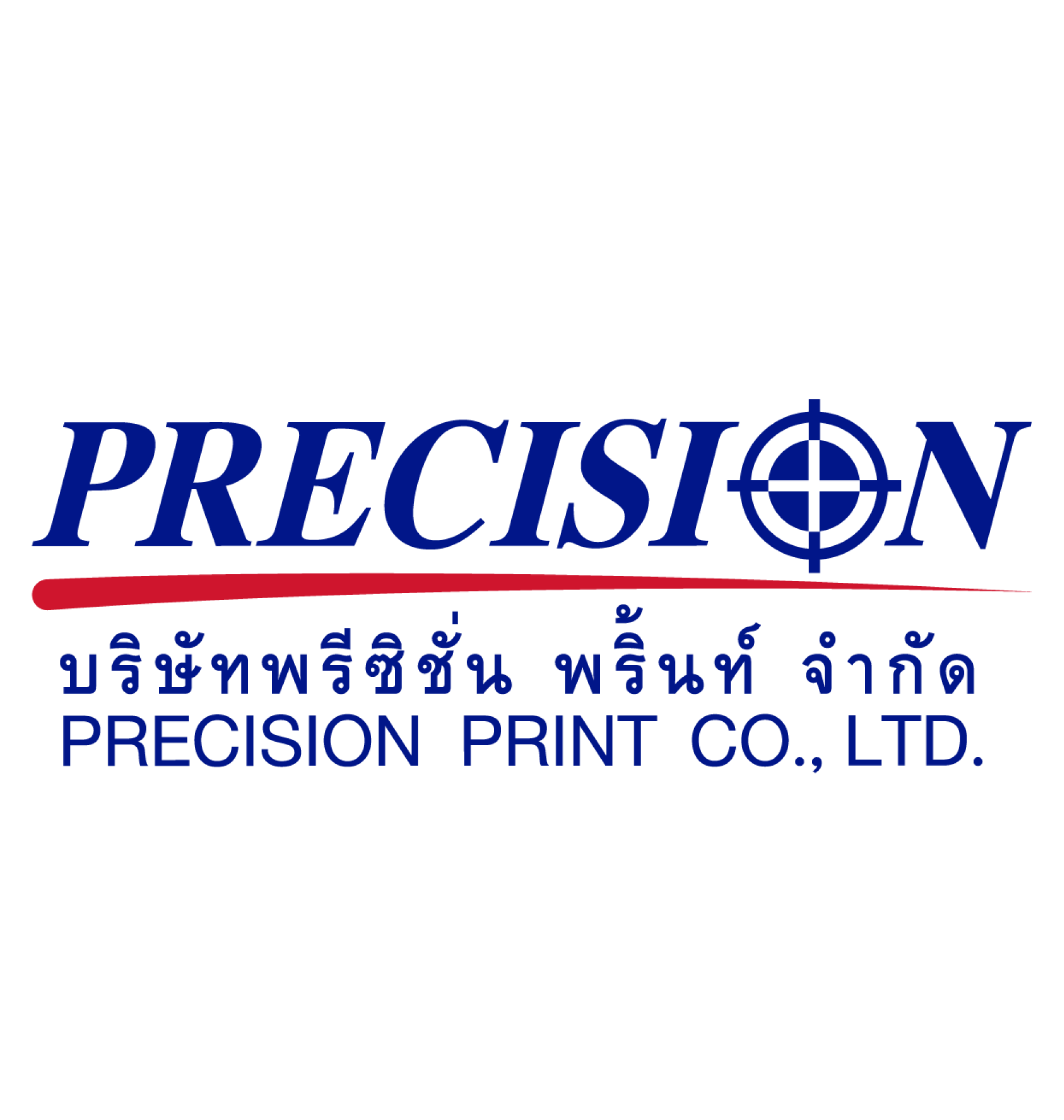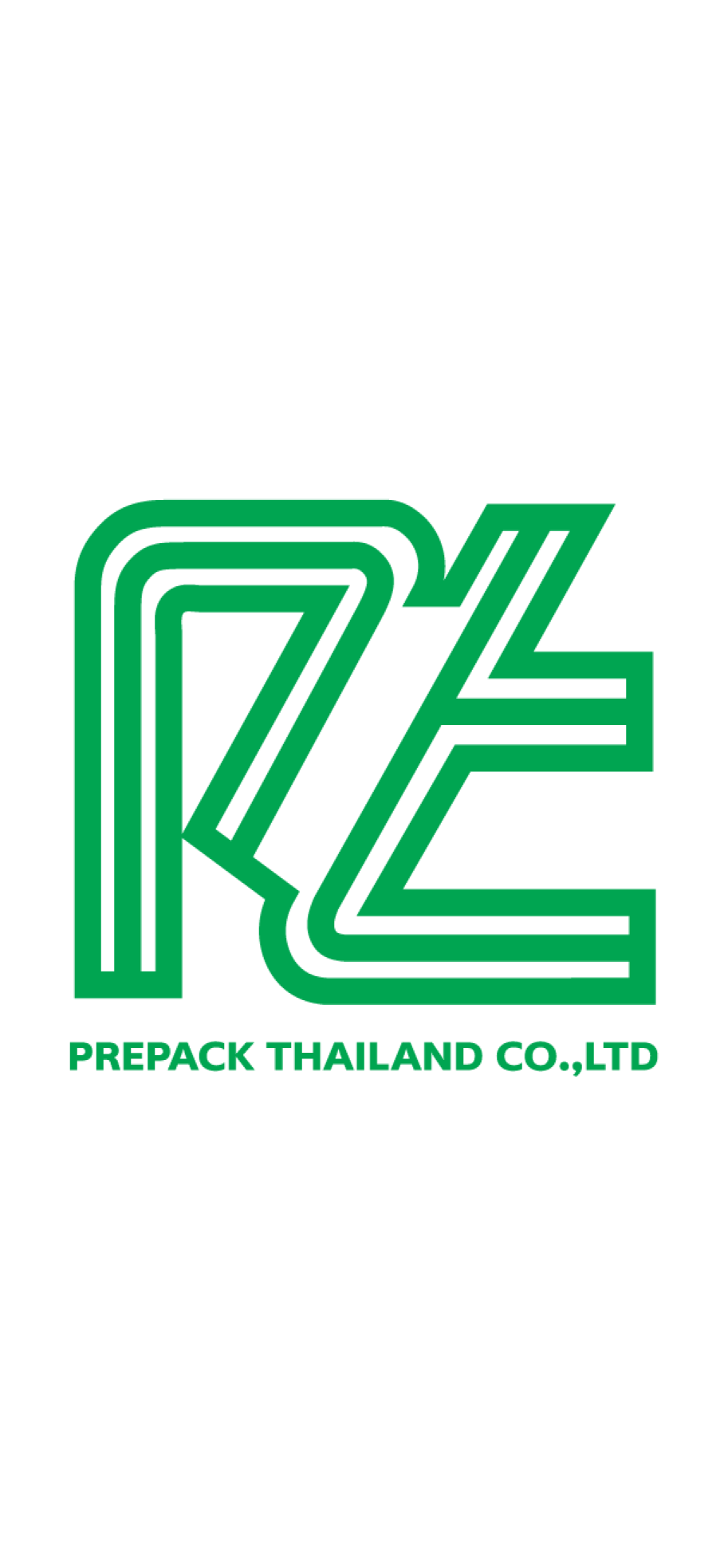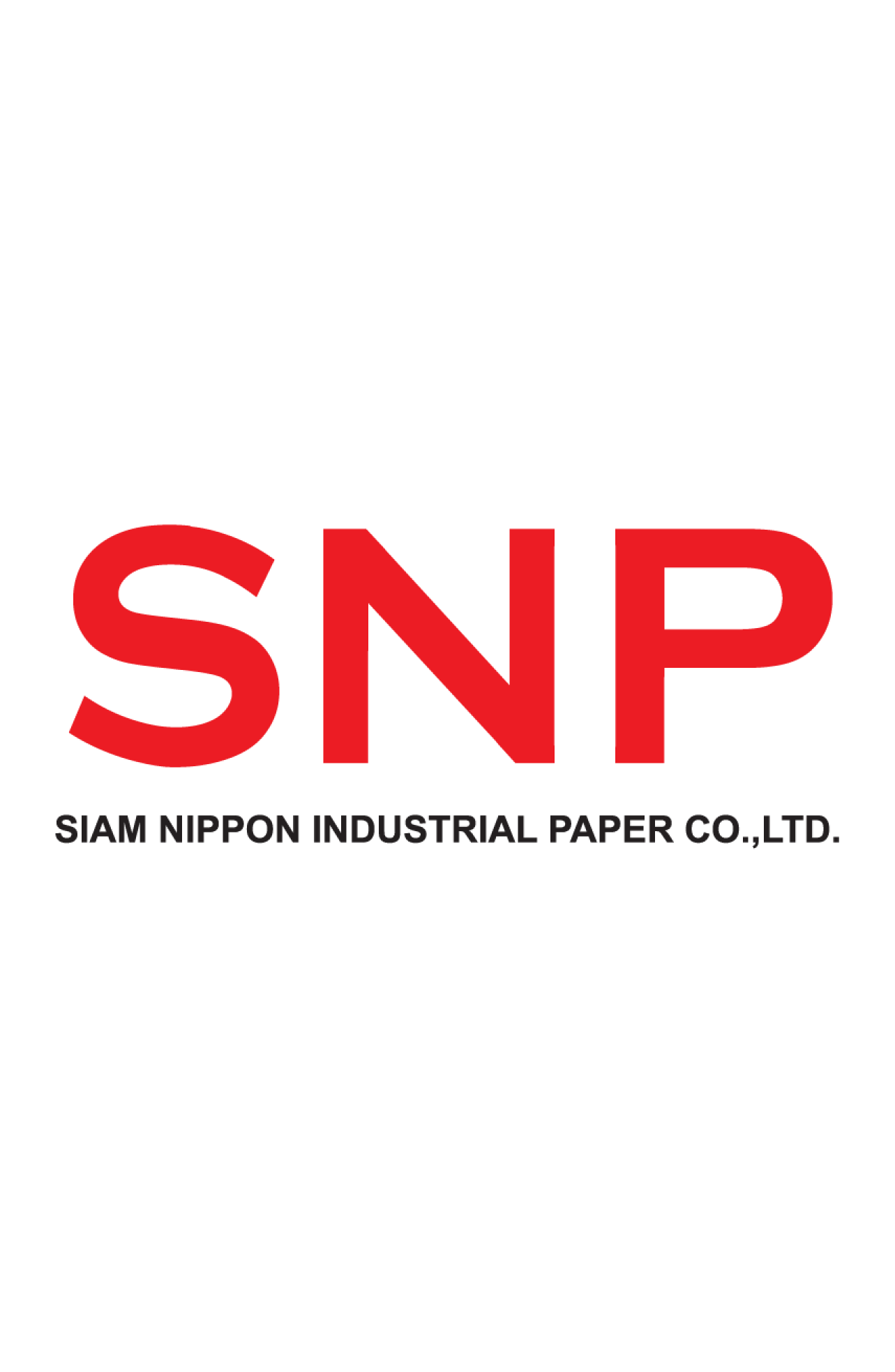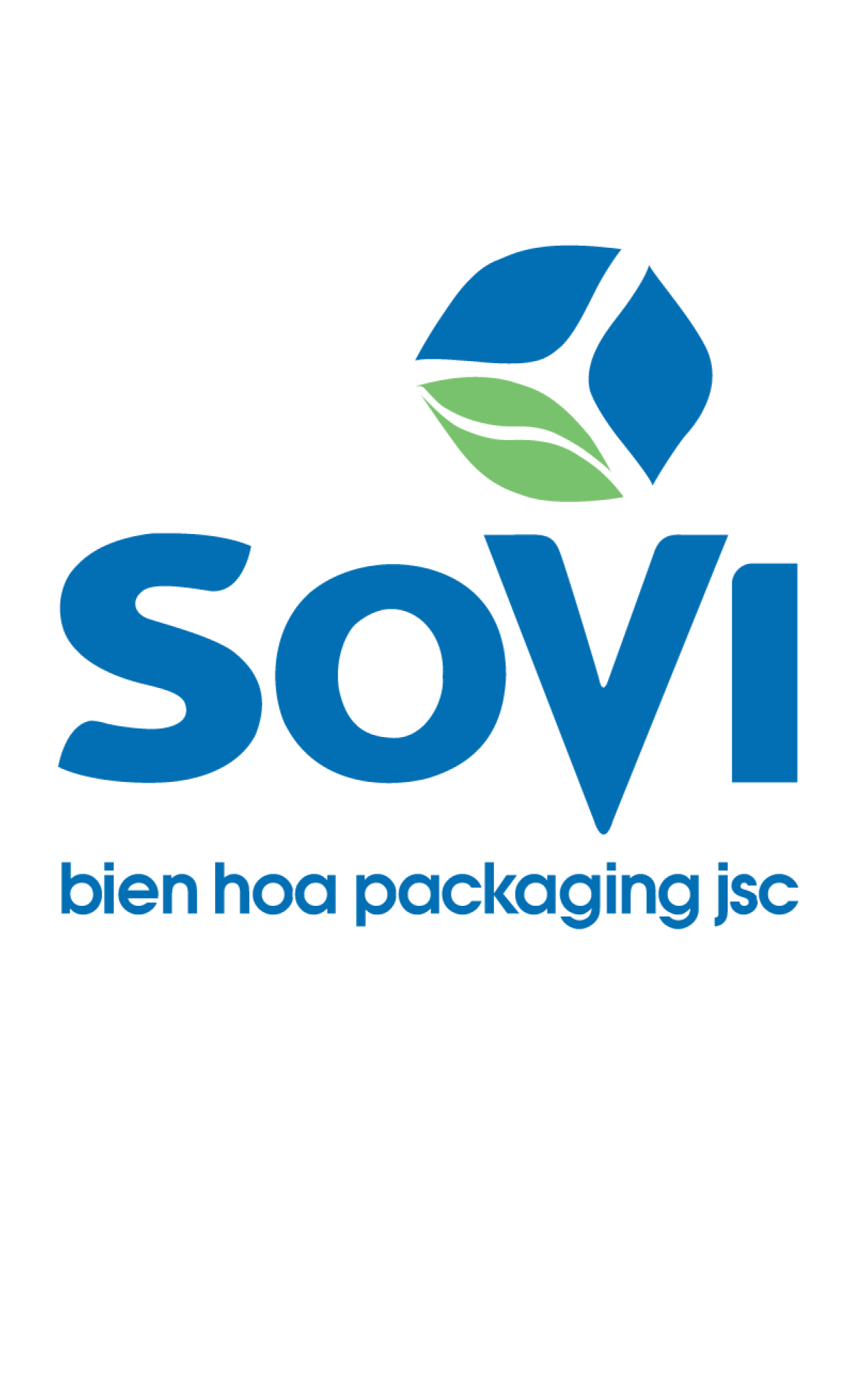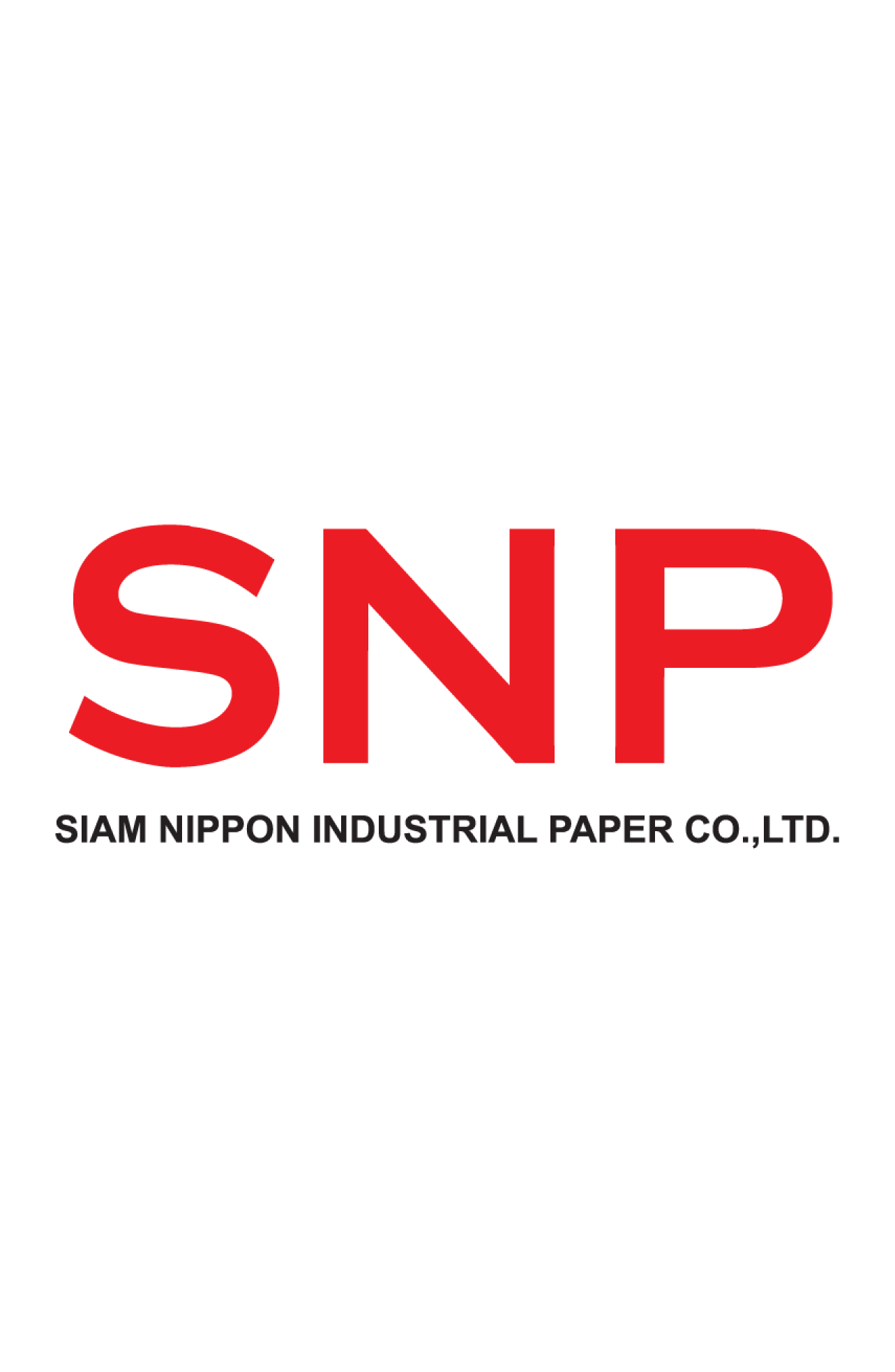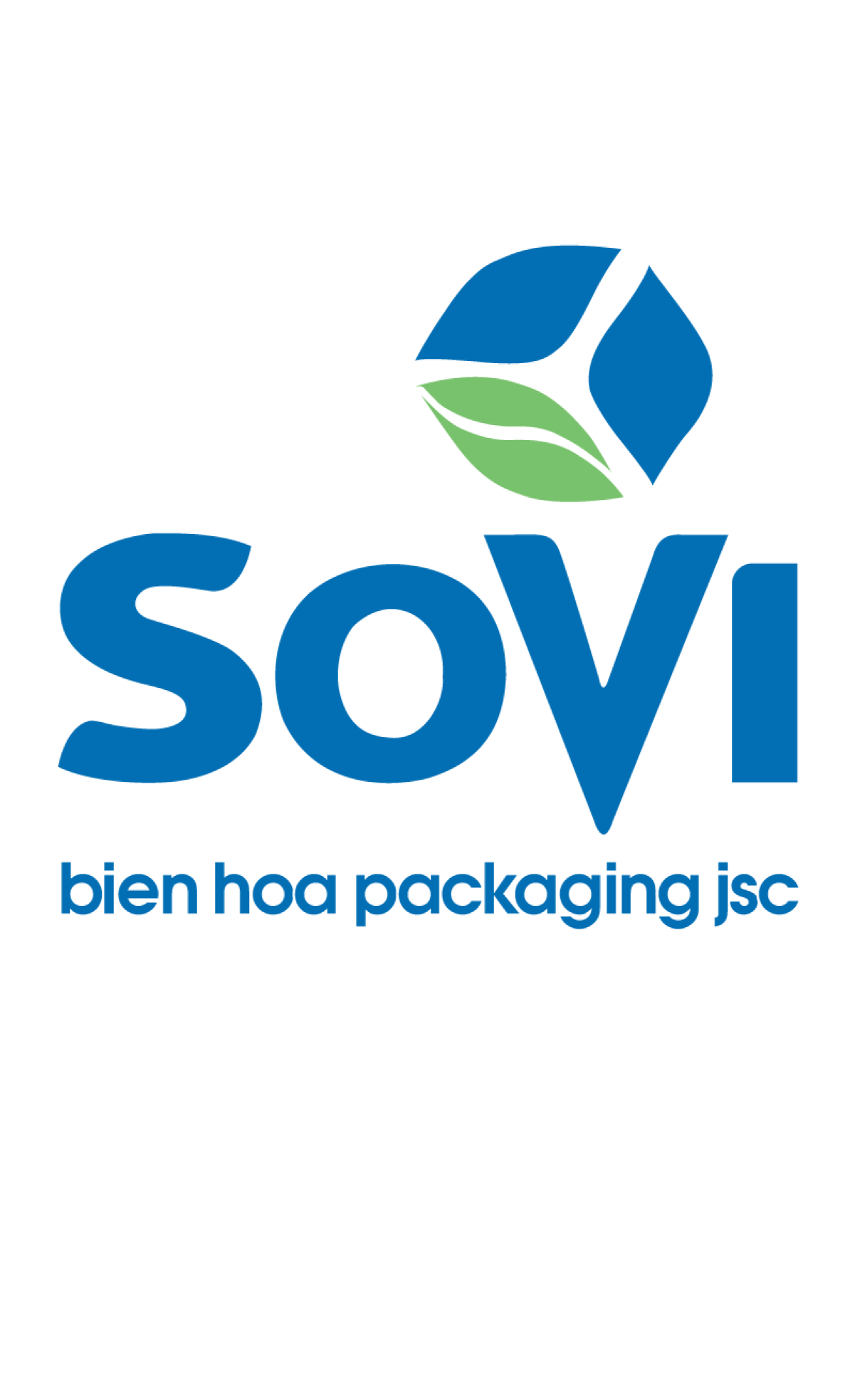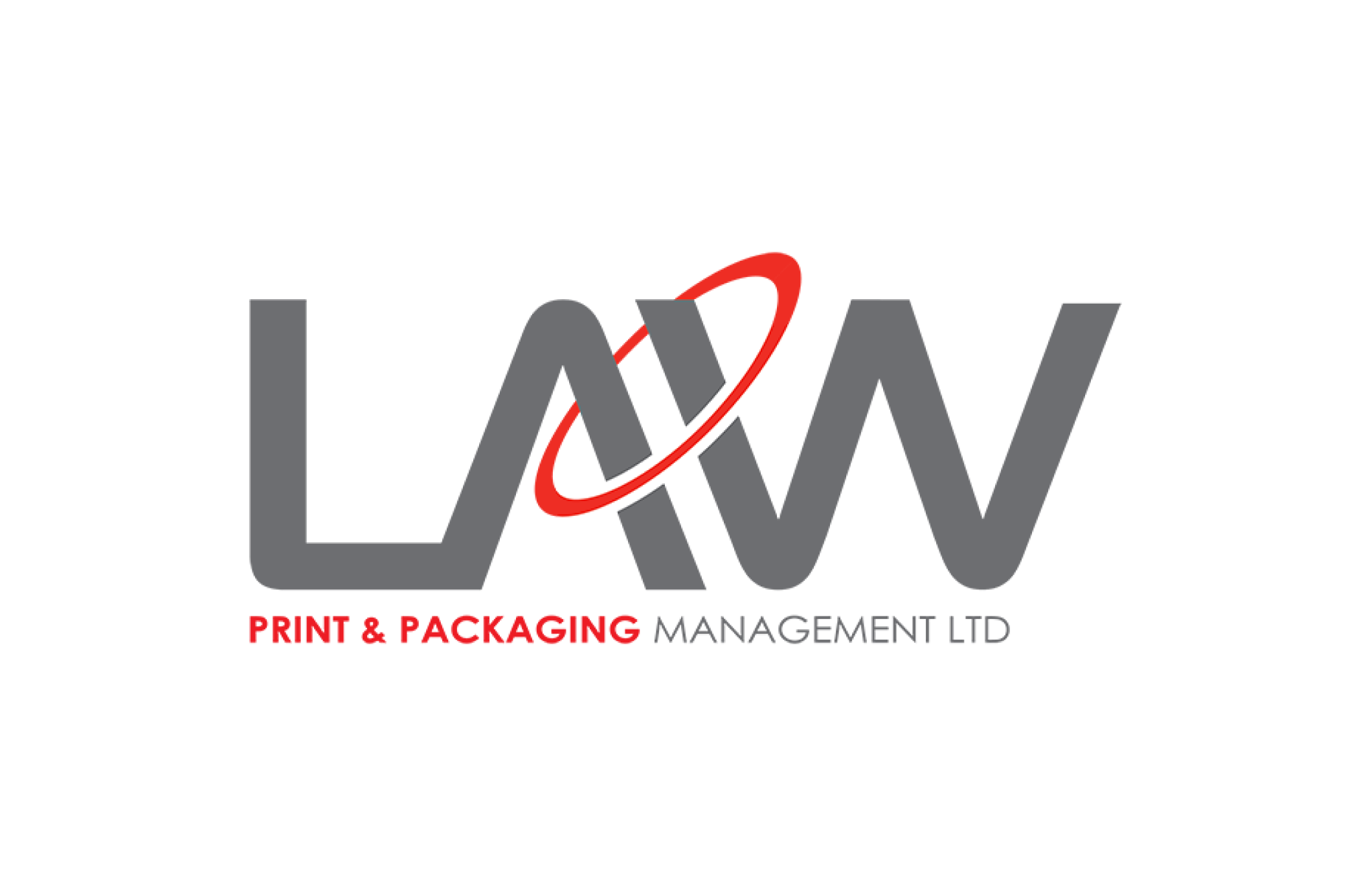ReBeer
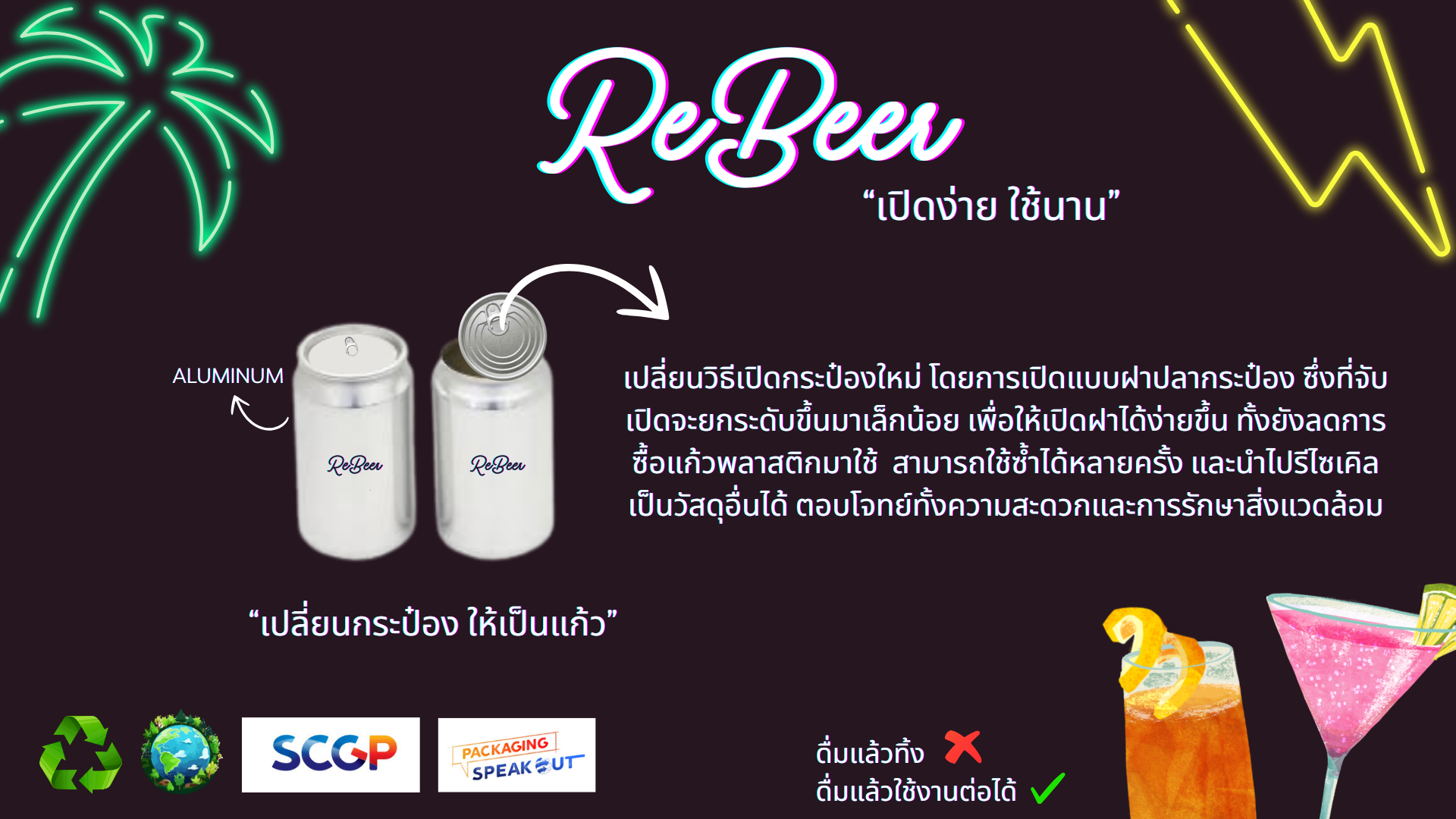
Team : น้องหมูดิน
Member
Ms Pathitta Yenwatthana
Market Situation The alcoholic beverage market in Thailand in 2024 is expected to continue to grow in value. In 2022, the market value was approximately 490,680 million baht. Although changes in health-conscious consumer behavior have caused entrepreneurs to adapt, many companies have launched sugar-free products to meet the needs of health-conscious consumers. In addition, there has been an expansion in the group of products packaged in glass bottles to reduce environmental problems. The main beverage type that still dominates the market is beer, accounting for 55% of sales, especially lager beer, which is the most popular. Spirits have a 37% market share and wine is 7%. The environmentally friendly packaging market is gaining attention and growing continuously due to the demand of environmentally conscious consumers, government support, and technological developments. However, there are still challenges in terms of cost and strict regulations.
PEST
• Political Government environmental policies and support measures, tax privileges for businesses using sustainable packaging, or measures to control the use of plastic packaging, have led to industries turning to more environmentally friendly materials.
• Social Environmental trends Consumers are now more concerned about the environment, resulting in an increased demand for sustainable packaging.
• Technology Packaging technology The use of recyclable or environmentally friendly packaging has become an important factor in the market, as consumers place more importance on sustainable products, which has led to the development or selection of packaging materials.
• Environmental The need to reduce plastic waste and carbon emissions is a major driver in the sustainable packaging market, leading consumers to consider packaging more carefully.
Competition Market
The market for eco-friendly packaging is growing rapidly due to the government and consumers’ increasing demand for environmentally friendly products, especially in the food and beverage sector. Businesses have to adapt and switch to biodegradable, recyclable, or natural packaging. However, higher production costs than conventional packaging are still a major obstacle for companies to compete. The alcoholic beverage market is also highly competitive, especially in the premium beer and spirits segment, due to changes in consumer behavior that are looking for high-quality beverages and a variety of products, such as craft beers and low-alcohol beverages, including non-alcoholic beers. Competition in this market is also driven by innovation and image-based marketing, such as developing new formulas or presenting beverages in distinctive and environmentally friendly packaging.
Brand development goals setting
1. Reduce the use of plastic in packaging
2. Use 100% recyclable materials
3. Improve the production process to be environmentally friendly
4. The packaging can be reused
TARGET
Primary target group: Gen Y who love alcoholic beverages, are concerned about environmental issues and support brands with social responsibility, whose consumption behavior emphasizes choosing sustainable and environmentally friendly products
Secondary target group: Entrepreneurs who are concerned about the environmental impact of the production process and packaging, and have a behavior of choosing alcoholic beverages that use sustainable packaging
Insight
• Why is it easy to open western beer caps but hard to open Thai beer caps?
• I bought beer but forgot to buy glasses to drink it.
• I want a tutorial on how to open a beer can without breaking your nails.
• Thai beer is much harder to open than western beer.
• I want glasses to be sold with the beer.
Packaging design for society and the environment
The design of beer can packaging for society and the environment should start with the selection of sustainable materials by using recycled aluminum. Because aluminum is a material that can be recycled efficiently. Recycling aluminum uses 95% less energy than new production and can be reused many times without losing quality. It is a material that can be reused indefinitely and has low carbon emissions compared to other materials such as plastic. In addition, aluminum cans have the ability to protect beer from light and oxygen, which helps extend the life of the product and reduce waste from spoilage. Therefore, the design meets both environmental and operational efficiency requirements.
Packaging design should also focus on functionality and consumer convenience, such as using an easy-to-open and recyclable lid, and allowing glass cans to be reused multiple times. In addition, using environmentally friendly colors and graphics, such as inks made from natural ingredients, can help reduce emissions in the manufacturing process. Designs should focus on communicating the brand’s sustainability story, such as displaying information on the can about how to recycle and the positive impact consumers will have on the environment when choosing this product
In addition, packaging should be designed to promote reuse, such as designing the can to be used for other activities after drinking, such as making crafts or planting trees. This is to encourage consumers to see the value of packaging as more than just a disposable container. This type of design will not only reduce the amount of waste sent to landfills, but also create a sense of participation in environmental conservation among consumers.
Marketing development activities
The campaign “Knowing that it is friendly, I thought to try it” is a content that communicates the environmental friendliness of beer can packaging to make consumers more aware. It uses social media such as TikTok and Facebook to communicate useful information to create awareness about environmentally friendly products that can be Reused, Reduced, and Recycled into other things. It also makes consumption more convenient.
brand development activities
Design sustainable packaging
Aim to develop the brand by designing 100% environmentally friendly packaging. The produced packaging must reduce the use of plastic as much as possible, be useful for future use or can be DIYed into other materials, and can be reused. This is another way to preserve the environment. In addition, each production process must reduce greenhouse gas emissions as much as possible.
Marketing and Brand Measurement
Consumer awareness numbers include:
TikTok: 5 million views, 700,000 likes, 50,000 comments, and 20,000 shares.
Facebook: 10,000 likes, 1,000 comments, and 2,000 shares.

